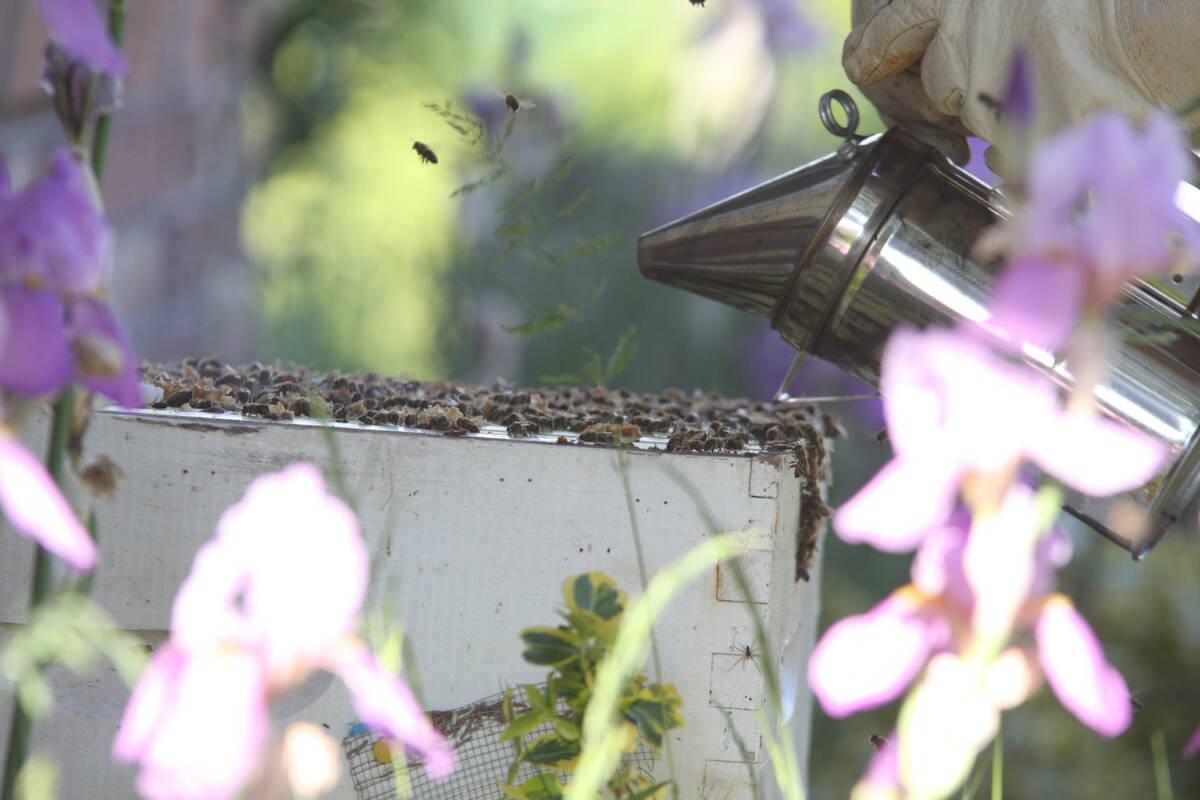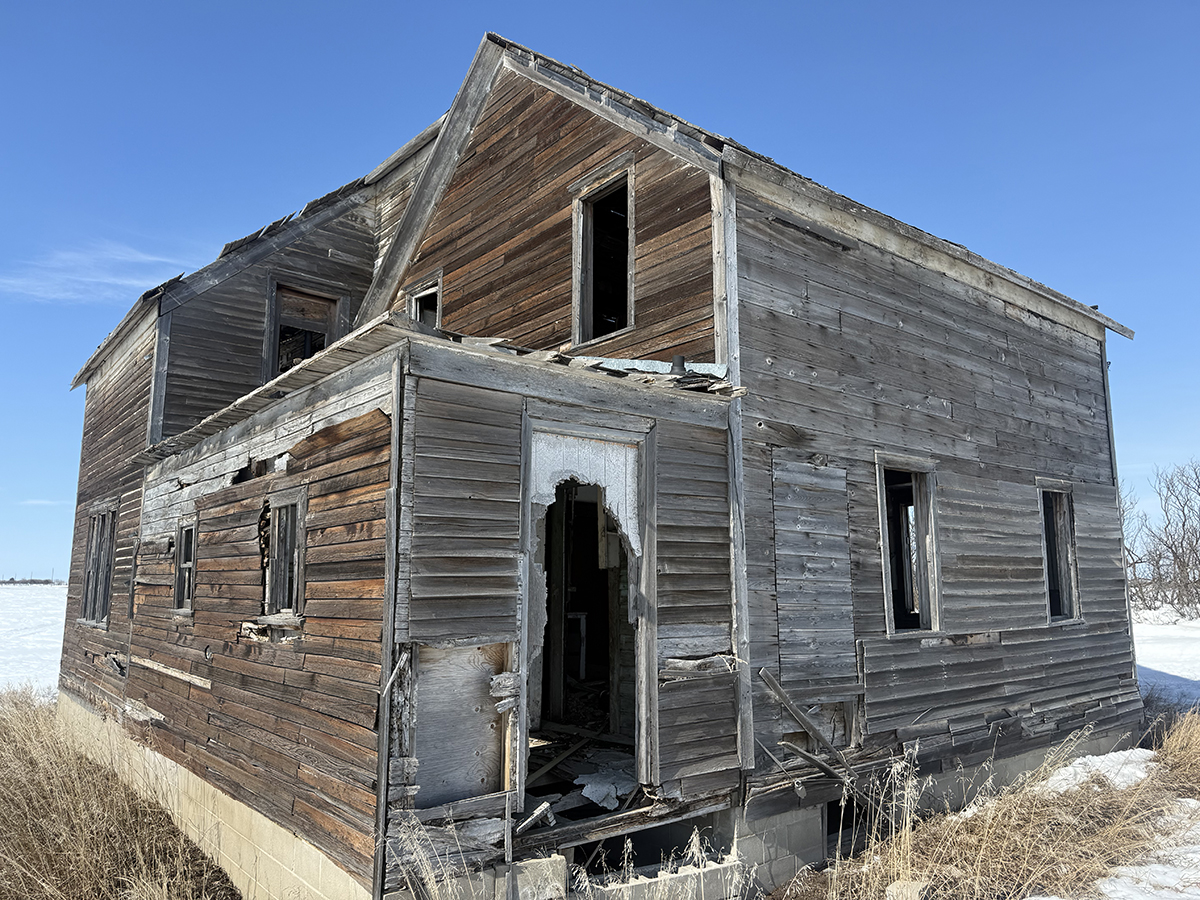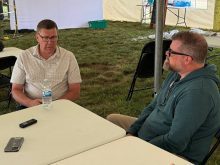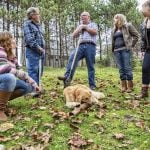REGINA — A pilot project in Saskatchewan could help rural municipalities clean up abandoned buildings in former urban municipalities.
Derelict buildings have been a concern for councils for some time as small communities fade away and become part of RMs.
The province announced the pilot at the recent Saskatchewan Association of Rural Municipalities convention in Saskatoon.
Read Also

Manitoba beekeepers battle for survival
Honeybee colony losses have hit 43 per cent, making 2025 the latest in a string of poor bee survival years for Manitoba’s honey producers
It will allow certain municipalities and volunteer fire departments to use the structures for training exercises and is expected to be in place by June. No other details are available yet.
Environment minister Travis Keisig said this will make it easier to deal with the derelict buildings and alleviate environmental and safety concerns.
Government relations minister Eric Schmalz said municipalities make the best decisions for their communities.
“We will continue to work with our stakeholders to ensure that the provincial government is able to support cost-effective, locally made and managed decisions,” he said.
SARM supports the pilot. President Bill Huber said RMs want people to live in rural areas, but some communities are not attractive to residents.
“Nothing is more discouraging than a surplus of abandoned buildings,” he said.
Huber said it’s expensive for municipalities to deal with the abandoned properties they’ve acquired through tax arrears.
Mike Gerein, councillor in the RM of Mount Hope, said he is concerned that if RMs don’t take over the properties, they will be forced to.
“Who is going to pay for the debt of this particular situation, that they’re $100,000 in the hole already and climbing, and who is regulating the urbans from not overspending?” he said during the bear pit session with the provincial cabinet.
“They keep spending, assuming the RM is going to take them over. There’s no accountability. They’re nothing stopping them in the transition phase.”
He said RMs could end up bankrupt.
“We’re talking millions to clean up this mess. There’s sewer, water, derelict buildings, tonnes of them,” he said.
Schmalz said there is funding available through a transition program.
“We provide 10 year’s worth of MRS (municipal revenue sharing) funding for municipalities having to take over some of these smaller centres,” he said.
There is also a special service area designation for those communities so they aren’t on an RM’s books.
The minister added the government will not force amalgamation.
Premier Scott Moe said that is true, but it’s also apparent that the times have changed. Communities such as resort villages and those outside major centres are growing rapidly while other rural villages and hamlets are shrinking. He instructed Schmalz to lead a government effort to work with SARM on a path forward.
Delegates later support a resolution from the RM of Blucher to mandate urban municipalities to contribute to the Communities in Transition fund.
Meanwhile, Keisig told Gerein that the village of Quinton, within Mount Hope, “looks to me like an absolutely ideal training scenario for your volunteer fire departments with our new pilot project.”
The Saskatchewan Volunteer Fire Fighters Association said it didn’t know the program was coming, but it would help by allowing volunteers to train properly before attending their first live fire.
Contact karen.briere@producer.com
















